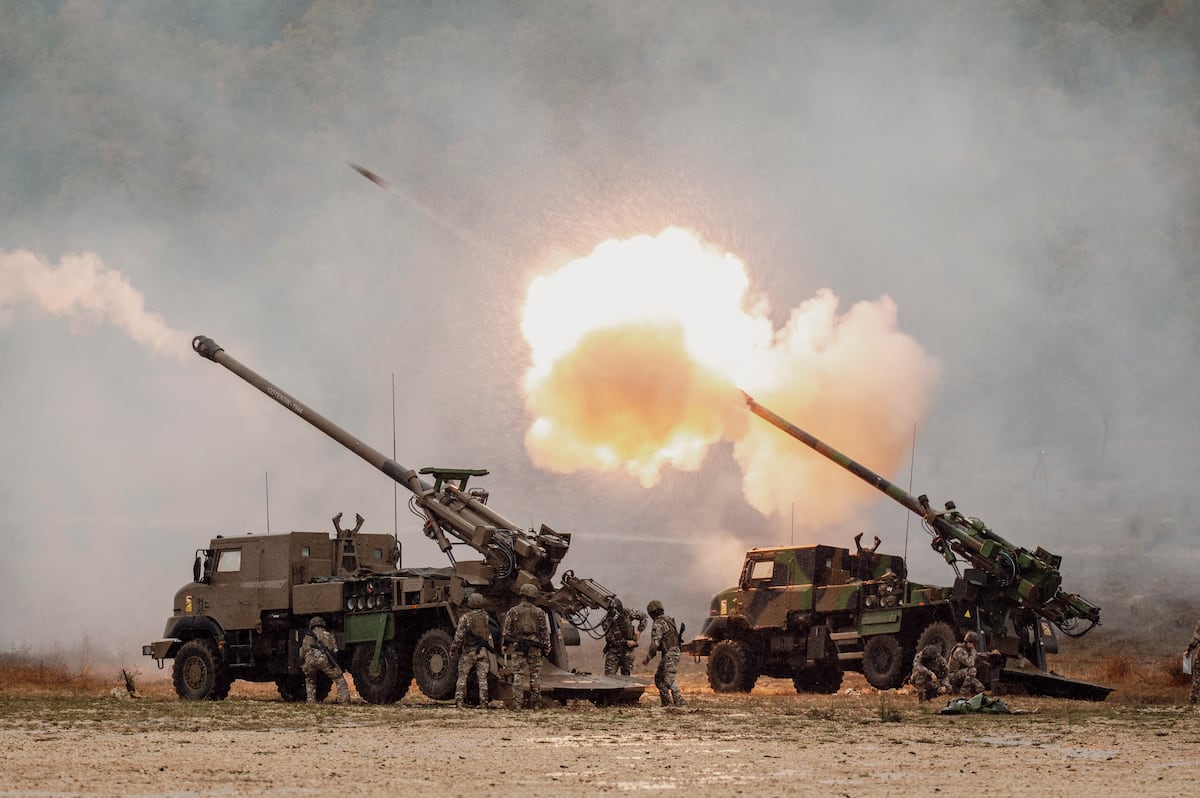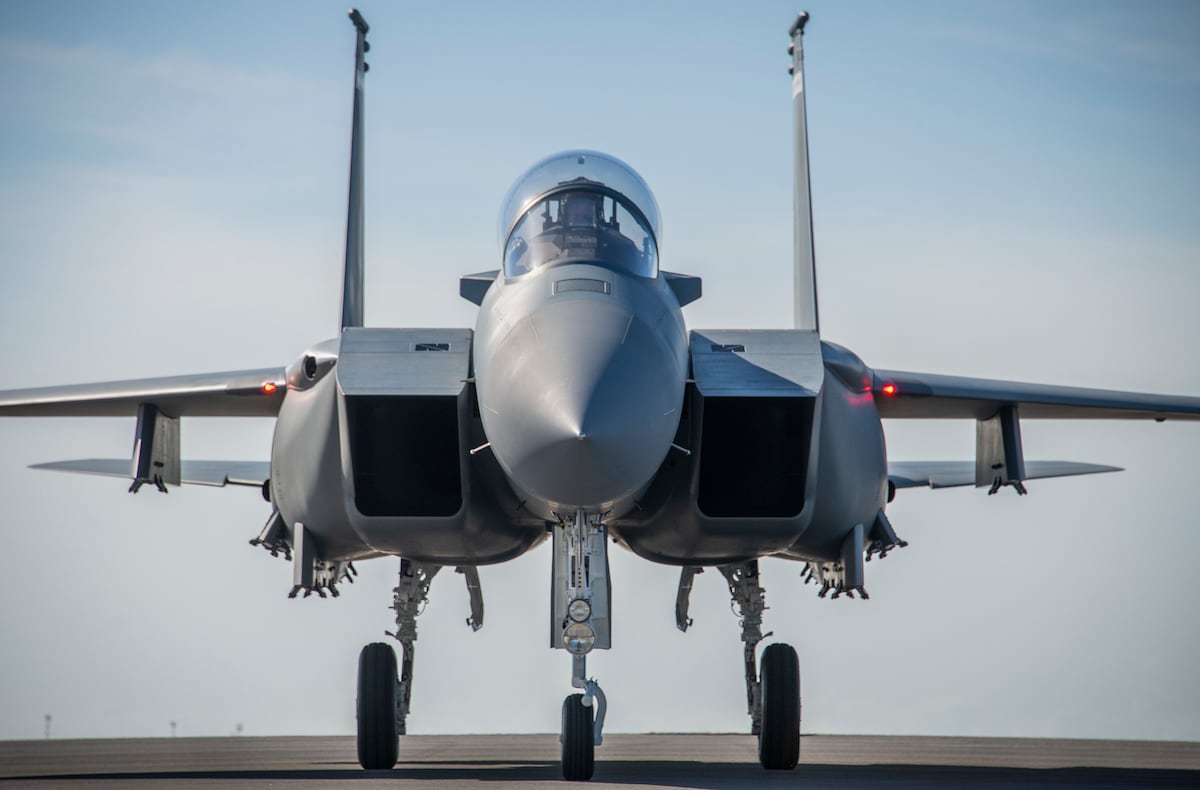Introduction of the Fulgur Missile: Enhancing Italy’s Air Defense Capabilities
An Emerging Solution in Air Defense Systems
MBDA has officially unveiled the Fulgur missile, a significant addition to its air defense portfolio aimed at addressing current vulnerabilities in countering aerial threats. Previously referred to as VSHORAD, this missile represents the company’s strategic response to the evolving nature of short-range air defense needs, especially highlighted by recent conflicts like the war in Ukraine, where demand for such capability has surged.
Strategic Context and Development
Lorenzo Mariani, Managing Director of MBDA Italia and Executive Group Director for Sales & Business Development, emphasized that the intensity of modern conflicts has dramatically impacted defense stockpiles. The urgent requirement for effective, very short-range air defense missiles has prompted Italy to invest in indigenous capabilities rather than relying on external suppliers.
- Development Timeline: The Fulgur project kicked off in 2023 following a strategic study. Its rapid development underscores the pressing need for a domestically manufactured solution.
- Notable Figures Present: The missile’s announcement occurred at the Paris Air Show, in the presence of key military leadership, including Lt. Gen. Carmine Masiello, Chief of Staff of the Italian Army.
Key Specifications and Technologies
The Fulgur is designed to compete with established missiles like the Stinger but boasts enhanced performance derived from advanced technologies. Key specifications include:
- Dimensions: 1.5 meters long with a weight of approximately 10 kg.
- Diameter: 70 mm
- Engagement Range: Capable of striking targets up to 5 km away at supersonic speeds.
- Guidance System: Equipped with an advanced electro-optical sensor developed in collaboration with Leonardo, combining cutting-edge imaging infrared technology.
This new generation of missile is engineered for a variety of configurations tailored to operational requirements, whether for shoulder launch or vehicle-mounted systems.
Operational Versatility and Configurations
Fulgur’s versatility allows it to engage multiple target types, including:
- Fighters
- Helicopters
- Unmanned Aerial Vehicles (UAVs)
- Subsonic cruise missiles
In its shoulder-launched configuration, it integrates an electro-optical sensor for target acquisition, a processor, and identification friend or foe (IFF) capabilities. Additionally, a vehicle-mounted version is being developed, featuring a turret capable of housing four missiles, suitable for installation on light armored vehicles, enhancing battlefield mobility.
Production Capacity and Future Outlook
Mariani highlighted that the decision to expedite development arose from NATO’s reassessment of threat levels, necessitating a production capacity expansion from hundreds to potentially thousands of units annually. The core components of the missile will be manufactured at the Fusaro facility near Naples, while assembly will occur at an undisclosed site.
- Current Manufacturing Expansion: MBDA is already enhancing production capabilities for other missile systems, such as the Aster, and expects a new facility to begin operations by 2026.
Integration with Aerial Platforms
The Fulgur missile is not only designed for ground launch but also aims for integration with rotary-wing platforms. Ongoing discussions indicate plans for compatibility with the AW249, the upcoming combat helicopter for the Italian Army.
Additionally, MBDA is exploring export opportunities across various configurations—encompassing shoulder-launched, vehicle-mounted, and air-launch variants—indicating a strategy to capture international markets alongside domestic defense needs.
Conclusion
The introduction of the Fulgur missile marks a pivotal step in improving Italy’s air defense capabilities, demonstrating a proactive approach to securing airspace against emerging threats. With its innovative design, robust performance features, and commitment to domestic production, MBDA is poised to make a significant impact not only in national defense but also within the global defense landscape.





